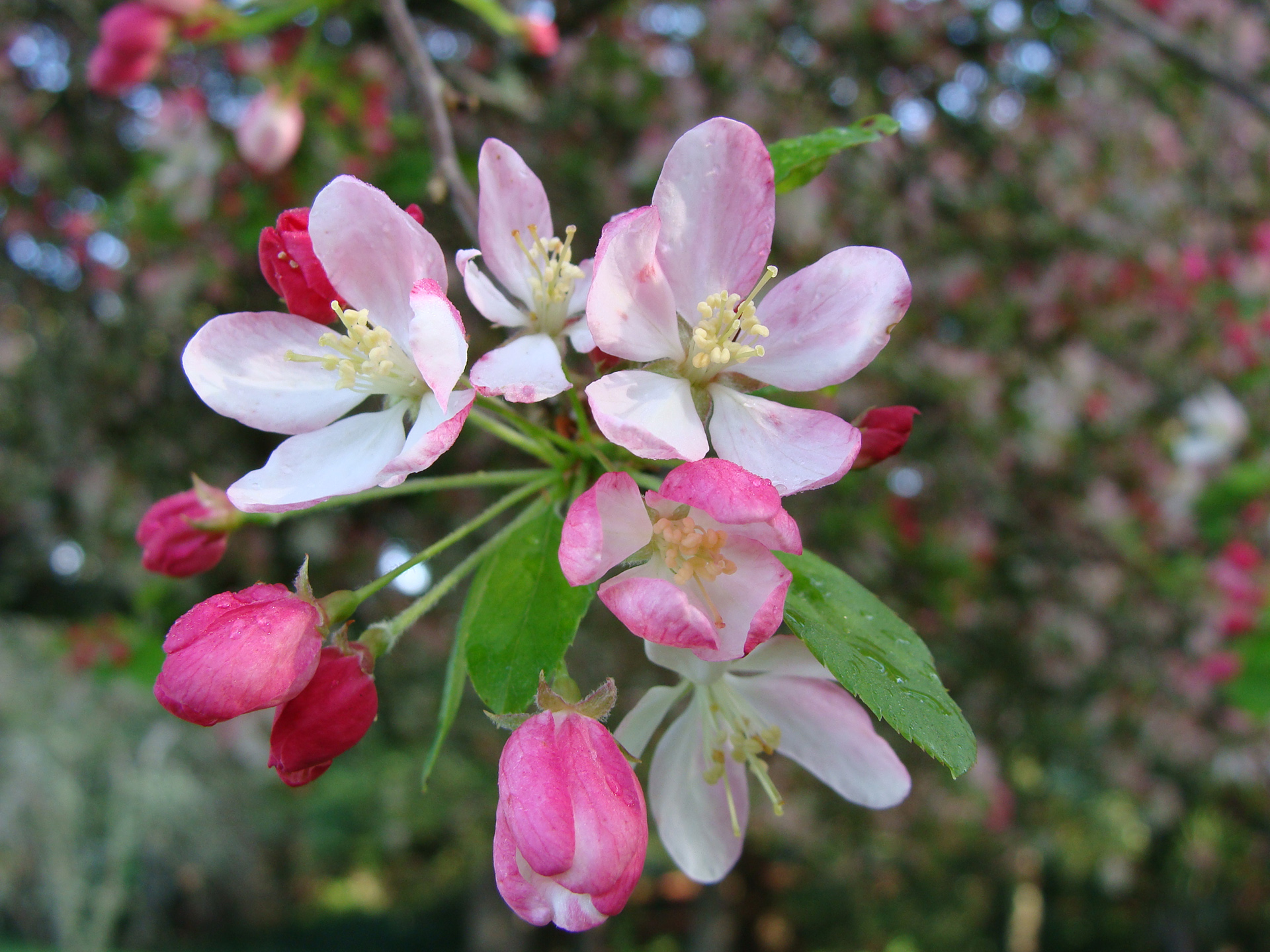Physical characteristics
A small
Flowers and foliage
Arching branches produce dark
Preferred site
Grow in moderately fertile soil in
Preparation for planting
Always choose healthy well grown
T
Maintenance tips
Mulching
The first summer and autumn after planting is critical for young
Malus require little maintenance and do not usually require pruning other than to remove deadwood and branches that rub against one another. If pruning is requi
Ecological and biodiversity benefits
Bees love the flowers and birds are attracted to the fruit.
Pests and diseases
May get powdery mildew in humid conditions and be affected by borer and canker.
Location at Auckland Botanic Gardens
Urban


.jpg?width=1200&height=800&v=1d4024e038c0680)

.jpg?width=1200&height=1200&v=1d4024dceb89e50)

.jpg?width=1200&height=1200&v=1d5569224d63650)
 .jpg?width=1200&height=1200&v=1d4024df6ce2770)
.jpg?width=1200&height=1200&v=1d55676a892f2b0)
 .jpg?width=1200&height=1200&v=1d4024e3b65f7f0)